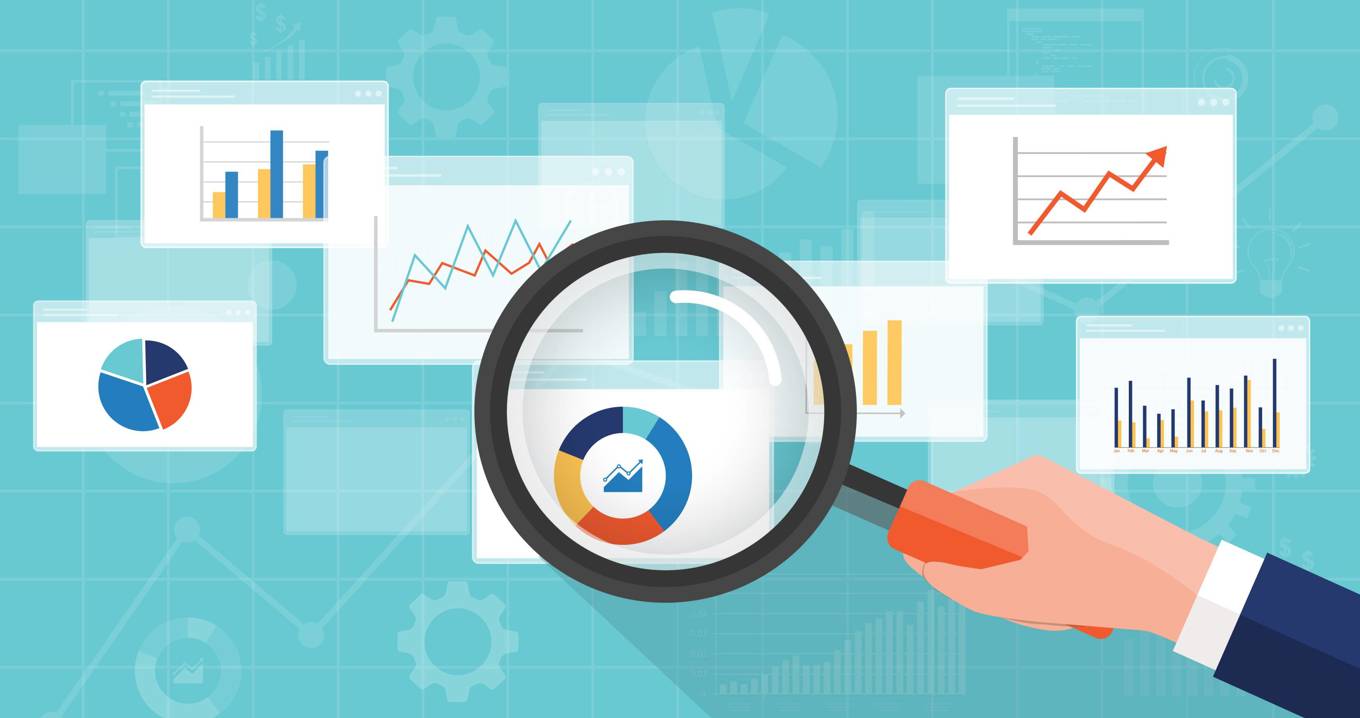Exactly How to Boost Performance with Comprehensive Analytics
Exactly How to Boost Performance with Comprehensive Analytics
Blog Article
Increase Performance and Earnings Through Data Analytics
In today's data-driven landscape, organizations are increasingly recognizing the essential function of data analytics in improving operational performance and earnings. By systematically examining data, organizations can discover crucial understandings that notify tactical choices, improve procedures, and tailor customer experiences.
Understanding Data Analytics
In today's data-driven landscape, comprehending information analytics is vital for companies aiming to boost functional efficiency and drive success. Information analytics involves the systematic computational evaluation of data sets to reveal patterns, correlations, and understandings that educate decision-making. By employing different techniques, such as statistical analysis, equipment learning, and predictive modeling, organizations can transform raw data right into workable knowledge.
The procedure typically starts with information collection, where relevant information is gathered from several sources, including transactional databases, customer interactions, and market patterns. This data is after that cleansed and arranged to guarantee precision and uniformity. When the information is prepared, analytical devices and software program are made use of to discover and envision the details, enabling stakeholders to identify trends and anomalies.
Inevitably, recognizing information analytics encourages companies to make educated decisions based on empirical evidence as opposed to instinct. It assists in targeted strategies that can enhance resource allotment, boost client fulfillment, and improve general performance. As businesses increasingly recognize the worth of data-driven insights, a strong grip of data analytics becomes a critical expertise for leaders and groups alike, placing them for continual success in a competitive setting.

Trick Benefits for Companies
Organizations that utilize data analytics can open a wide range of benefits that dramatically boost their operations and profitability. Among the main advantages is improved decision-making. Data analytics gives actionable understandings originated from real-time data, enabling organizations to make educated selections that align with market needs and customer preferences.

In addition, information analytics promotes enhanced customer experiences. By understanding customer behaviors and preferences, services can customize their offerings, resulting in boosted fulfillment and commitment. This personalized method commonly leads to higher conversion prices and repeat organization.
In addition, information analytics enables companies to identify emerging possibilities and fads. By remaining in advance of the contour, organizations can maximize brand-new markets and innovations prior to their competitors.
Implementing Data-Driven Techniques
Successful implementation of data-driven methods needs a thorough understanding of both business objectives and offered data sources. Organizations should first define their purposes clearly, making sure positioning between information efforts and critical goals. This clarity makes it possible for teams to focus on pertinent metrics and insights that drive decision-making.
Following, services should analyze their existing data infrastructure. This entails examining data high quality, ease of access, and assimilation abilities. Top quality information is vital for accurate analysis, as inadequate data can bring about misdirected approaches and thrown away resources. Organizations has to establish procedures for data collection, cleaning, and monitoring to maintain information honesty.
Moreover, promoting a data-driven society is crucial. Employees whatsoever degrees should be urged to leverage data in their everyday operations. Educating programs and workshops can improve information proficiency, equipping personnel to make educated choices based upon analytical insights.
Tools and Technologies Overview
A robust suite of devices and technologies is essential for organizations aiming to harness the full capacity of information analytics. These devices assist in the collection, processing, and visualization of information, enabling businesses to derive workable understandings.
At the fundamental level, information monitoring systems such as SQL data sources and NoSQL systems supply reliable data storage and retrieval capabilities. For data this hyperlink processing and evaluation, programs languages like Python and R, along with structures such as Apache Flicker, enable intricate calculations and machine knowing applications.
Visualization tools, including Tableau and Power BI, change raw information into user-friendly visual layouts, making insights accessible to stakeholders whatsoever levels. In addition, cloud-based systems like Google Cloud and AWS supply scalable storage space and processing services, fitting the growing quantities of data companies encounter.
For sophisticated analytics, anticipating modeling and AI-driven solutions are significantly embraced, permitting companies to anticipate trends and boost decision-making procedures. Integrating these tools into existing operations is critical; companies that successfully leverage this innovation can considerably improve functional efficiency and drive earnings. Therefore, purchasing the right tools and Our site modern technologies is a tactical vital for any kind of data-driven company.
Situation Research Studies of Success
Leveraging data analytics has led many organizations to attain exceptional improvements in effectiveness and success. One significant situation is a huge retail chain that implemented predictive analytics to maximize stock management. By evaluating historical sales data and consumer patterns, the company lowered excess supply by 30%, bring about substantial cost savings and boosted cash circulation.
One more example can be discovered in the production industry, where a leading vehicle producer utilized information analytics to enhance its production procedures. By keeping an eye on maker performance in real-time, the organization identified inefficiencies and traffic jams, causing a 20% boost in total devices effectiveness (OEE) This not just enhanced production rates yet likewise lessened downtime and maintenance expenses.

These study show how information analytics can drive strategic decision-making, optimize procedures, and ultimately improve both effectiveness and success throughout different fields.
Verdict
In conclusion, the integration of data analytics right into service procedures provides significant possibilities for boosting efficiency and productivity. By methodically analyzing information, organizations can determine ineffectiveness, enhance consumer experiences, and make educated choices.
In today's data-driven landscape, recognizing information analytics is crucial for organizations intending to boost functional efficiency and drive success. Data analytics entails the organized computational evaluation of data sets to uncover patterns, correlations, and insights that educate decision-making. Information analytics gives workable understandings acquired from real-time data, allowing companies to make informed selections that straighten with market needs and consumer preferences.
Top quality data is essential for exact analysis, as bad data can lead to misguided approaches and thrown away sources. Organizations needs to establish procedures for data collection, cleansing, and monitoring to preserve information stability.
Report this page